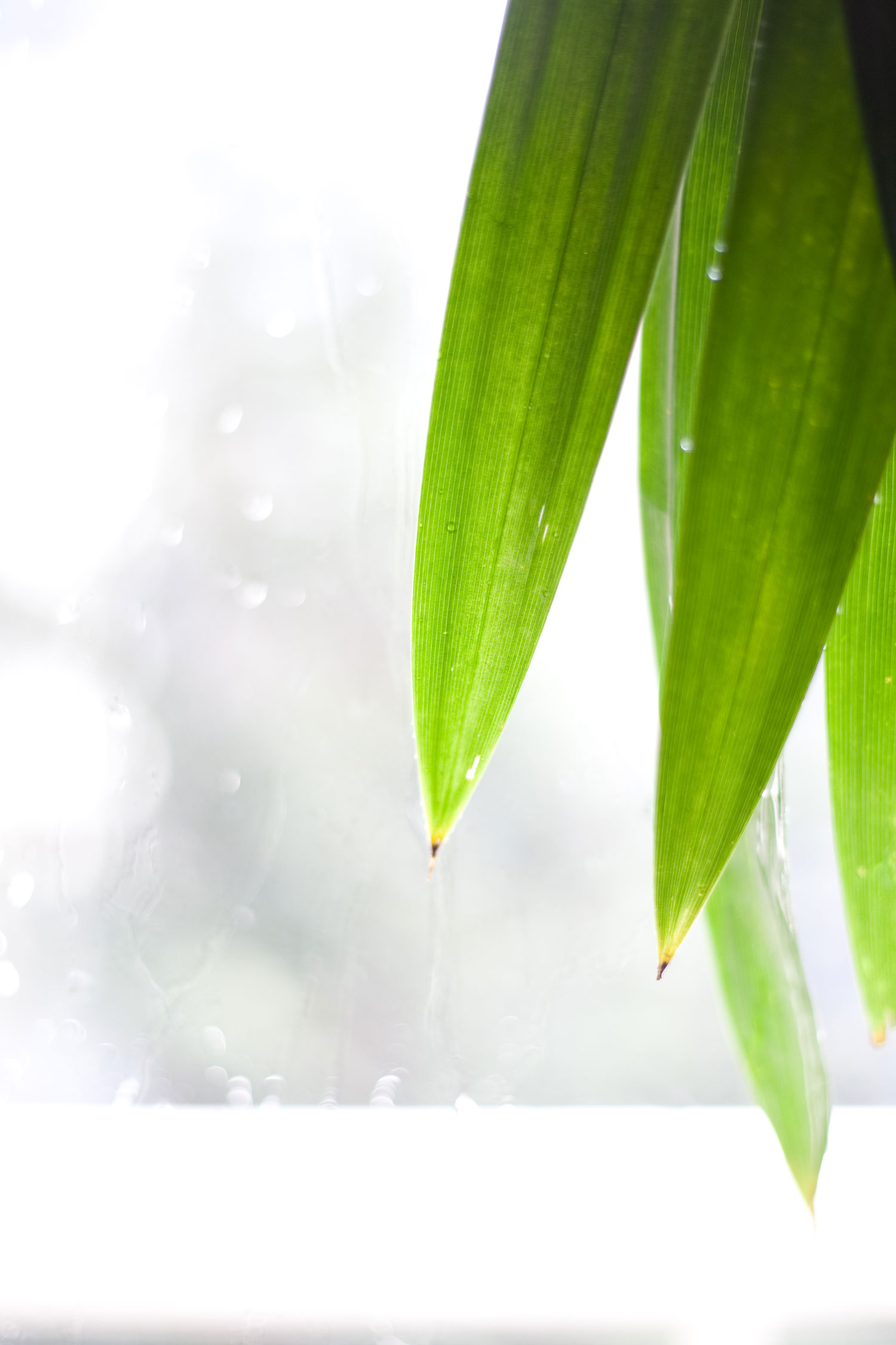So this is what I've done with the pandan extract from last week's post, I have steamed a cake that has come out nice, spongy, and green with a taste of pandan. Coconut is a popular match to this particular pandan flavor, so sprinkle some dried, shredded coconut over it— toasted or not— and have yourself a tea break.
.
Steamed Pandan Cake
INGREDIENTS
• 2 eggs
• 100 grams brown sugar
• 2 1/2 tablespoon coconut oil, unrefined (virgin)
• 1/2 cup almond milk (non-sweetened)
• 3 tablespoon pandan extract (home made)
• 1/4 teaspoon salt
• 2 teaspoon baking powder
• 1/2 teaspoon baking soda
• 200 grams flour
INSTRUCTIONS
In a medium size mixing bowl, combine your eggs, brown sugar, and coconut oil. Mix together.
Add the rest of the ingredients.
Add the pandan extract in the almond milk, and keep mixing until everything is combined smoothly.
Sift the flour and then fold it into the mixture.
Pour the batter into individual cupcake molds, ramakans, or whatever mold you like that fits in your steamer basket and cover. Place in a pot filled with an inch or two of boiling water making sure the bottom layer of the bamboo steamer basket doesn't touch the water. Steam for 12 minutes or until you can slide a knife through the center to see if it comes out clean so that you know it's cooked through.
Let it cool. Generously sprinkle some grated cococnut over it and serve.







